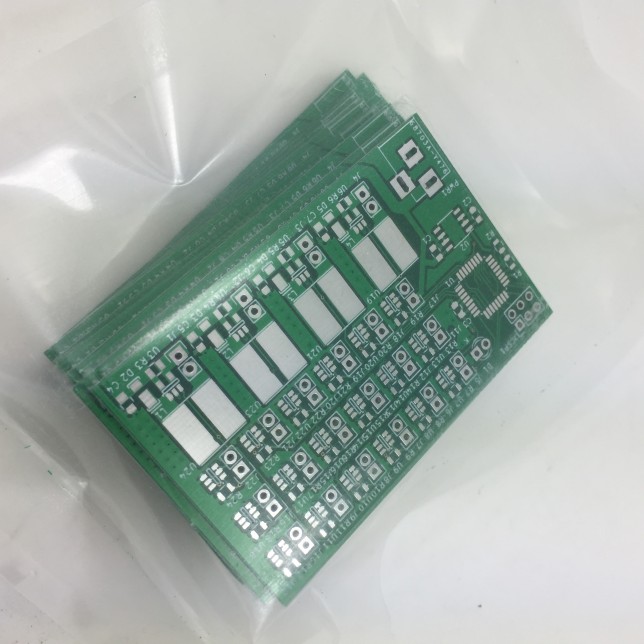Yesterday, my father and I hiked to Cerro de San Pedro, SOTA summit EA4/MD-020 (1425m), to work QRP in this month’s national V-UHF contest: Concurso Costa del Sol. Since the forecast for Sunday was rainy, I decided to go up on Saturday’s afternoon. The summit is a short hike from a nearby road. We arrived to the summit around 14:25UTC, so I could work in the contest for a bit more than two hours until we started packing at 17:00UTC before it got too dark.
Activity seemed a little low, although this is not surprising, given that the national RTTY contest was also running at the same time. I also get the impression that there is more activity on Sunday mornings. Nevertheless, my results have been better than in March’s contest. I did fewer QSOs, but got more points and worked more DX. In fact, I could work almost everybody I heard. In the map below, as always, my location is marked in red, the stations in blue are those worked only in 144MHz and the ones in green where worked both in 144MHz and 432MHz.



